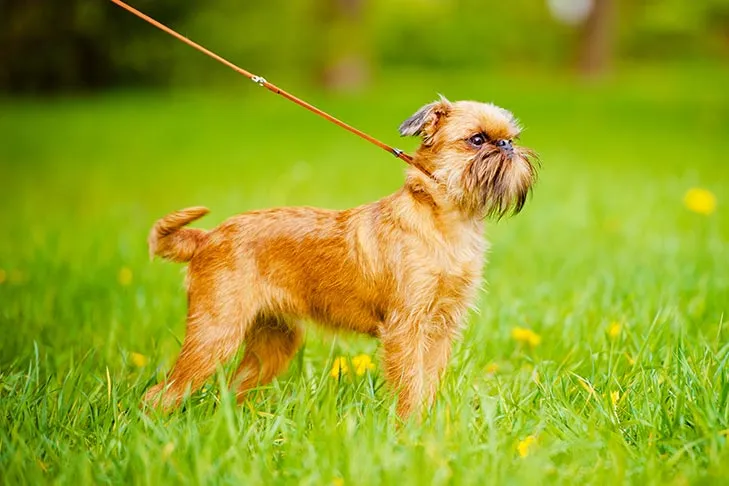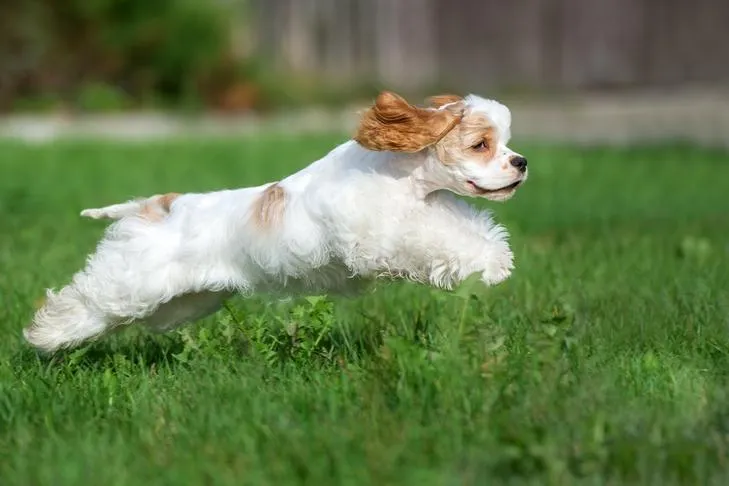Teaching your dog to reliably come when called, known as recall, is paramount for their safety and your peace of mind. It’s one of the most critical skills a dog can learn, yet it can be a significant challenge. Dogs are naturally drawn to the world around them, and asking them to disengage from exciting sights, sounds, and smells to return to you requires a strong foundation of positive reinforcement. The ultimate goal is to make being with you the most rewarding and enjoyable experience for your canine companion.
What Constitutes a Reliable Recall?
A reliable recall means that when you issue the command, you have a near-certain expectation—around 99.99%—that your dog will respond enthusiastically. While dogs aren’t programmed like robots, making this life-saving skill as consistent as possible is achievable with dedicated training. A strong recall is particularly vital if you envision your dog enjoying off-leash freedom in safe, open spaces, or for critical moments when immediate compliance is necessary.
Alternatives for Safe Off-Leash Experiences
There’s no need to feel pressured if your dog’s recall isn’t yet flawless. Instead of risking their safety, consider utilizing fenced areas for play or opting for a long leash. These tools offer your dog more freedom to explore and sniff while ensuring they remain secure.
 A Brussels Griffon standing in green grass on a leash.
A Brussels Griffon standing in green grass on a leash.
Always remember to respect local leash laws, which often extend to your front yard and unfenced areas of your property. National, state, and local parks also typically enforce these regulations.
The Art of Training Recalls
The key to successful recall training is to transform it into an engaging game for your dog. Begin in a low-distraction environment, such as the comfort of your home. Start by showing your dog a favorite toy or a tempting treat, praising them as they move towards you. Crucially, ensure they are rewarded upon arrival. After a few repetitions, introduce your chosen verbal cue, like “come” or “here,” just as your dog begins to approach you. It’s vital to only add the cue when you’re confident they are already motivated to come your way.
Gradually increase the challenge by asking for the recall before revealing the reward. When your dog reaches you, offer a high-value treat such as chicken, cheese, or beef liver. You can also start increasing the distance within your controlled environment.
Engaging Recall Games
- Catch Me: While your dog is on leash, get their attention, then take a few steps backward, encouraging them to follow. As they move with you, say your recall cue. Stop after a short distance and reward with a treat or toy. Ensure your dog is attentive before you move to avoid any leash strain.
- Find Me: Once your dog is comfortable with basic recall, call them from another room. When they find you, shower them with praise and rewards. This game of hide-and-seek is highly enjoyable for both you and your dog.
- Hot Potato: Gather family members or friends, equip them with high-value treats, and spread out. Take turns calling your dog between you. Each time your dog successfully comes to the person who called, they should receive a reward.
A common misstep in training is recalling your dog, immediately leashing them, and heading home. This can teach your dog to associate recall with the end of fun activities. A more effective approach is to recall your dog, reward them, and then release them to continue their previous enjoyable activity.
Avoiding “Poisoned Cues”
Does your recall sound like “Come! Come! Come! Come! Please come!”? If so, you might be dealing with a “poisoned cue.” This often happens unintentionally when a cue becomes unclear or develops negative associations for the dog, leading to them ignoring it. Overusing a cue without a response is a common way to poison it.
 A Cocker Spaniel running playfully in a grassy yard.
A Cocker Spaniel running playfully in a grassy yard.
If this situation arises, the best remedy is to introduce a new verbal cue, such as “here” or “close,” and start the training process from the beginning with this new command.
Essential Recall Training Tips
- Minimize Repetition: If you find yourself repeating the recall cue, it suggests the environment is too distracting, or your dog hasn’t fully grasped the skill at the current level of difficulty.
- Reward Engagement: When your dog looks at you or voluntarily comes near, offer verbal praise and a treat. Initially, use treats generously to reinforce the positive association between their attention and good things.
- Never Punish a Recall: Always praise your dog when they come to you, even if it took longer than expected.
- Consistent Rewards: Use high-value treats and toys during recall training, especially for puppies. This helps build a strong association with positive outcomes.
- Daily Practice: Gradually increase the difficulty and distractions. Moving too fast can lead to confusion and decreased reliability.
- Emergency Recall Strategy: If you need your dog to recall in an emergency and they don’t, avoid chasing them, as this can encourage them to move away. Instead, try running away from your dog to spark their instinct to chase you.
Mastering dog recall is a journey that requires patience, consistency, and a focus on positive reinforcement. By making training enjoyable and rewarding, you can build a strong bond with your dog and ensure they have a reliable “come when called” command for their safety and your enjoyment. If you’re facing persistent challenges with your dog’s recall, consider reaching out to professional dog trainers for personalized guidance.
